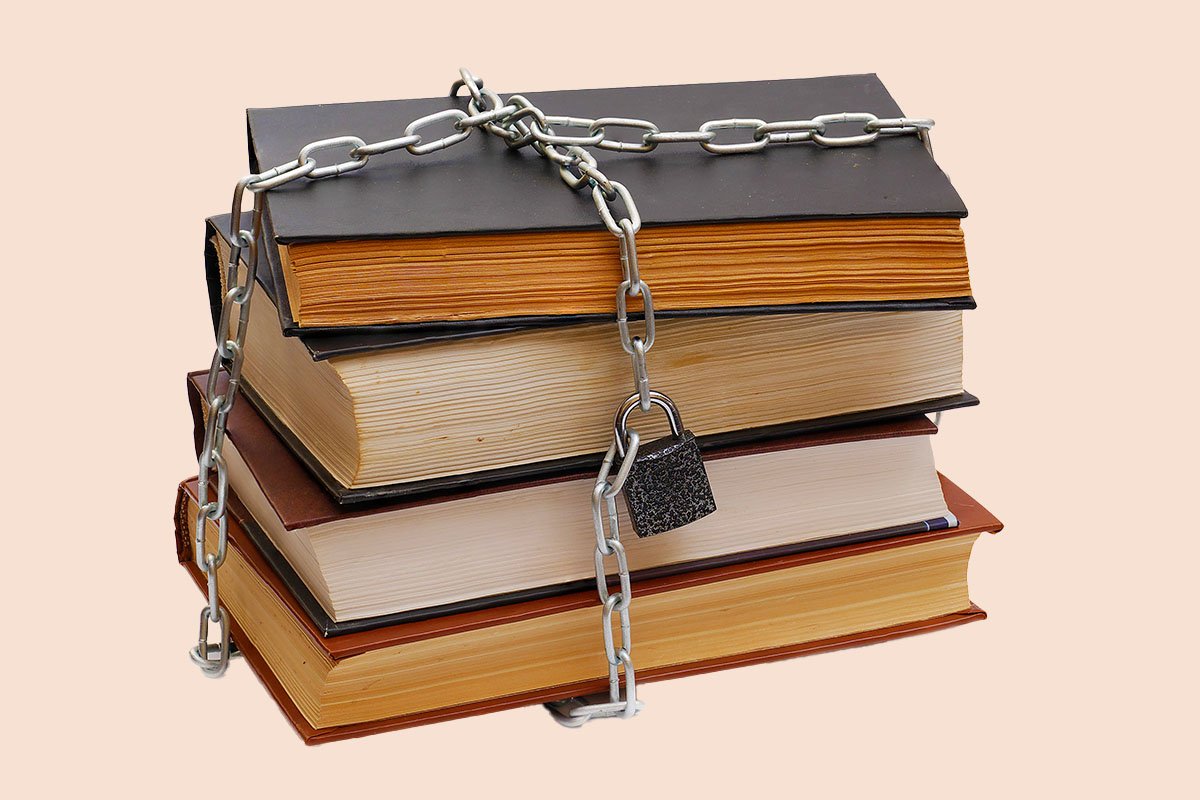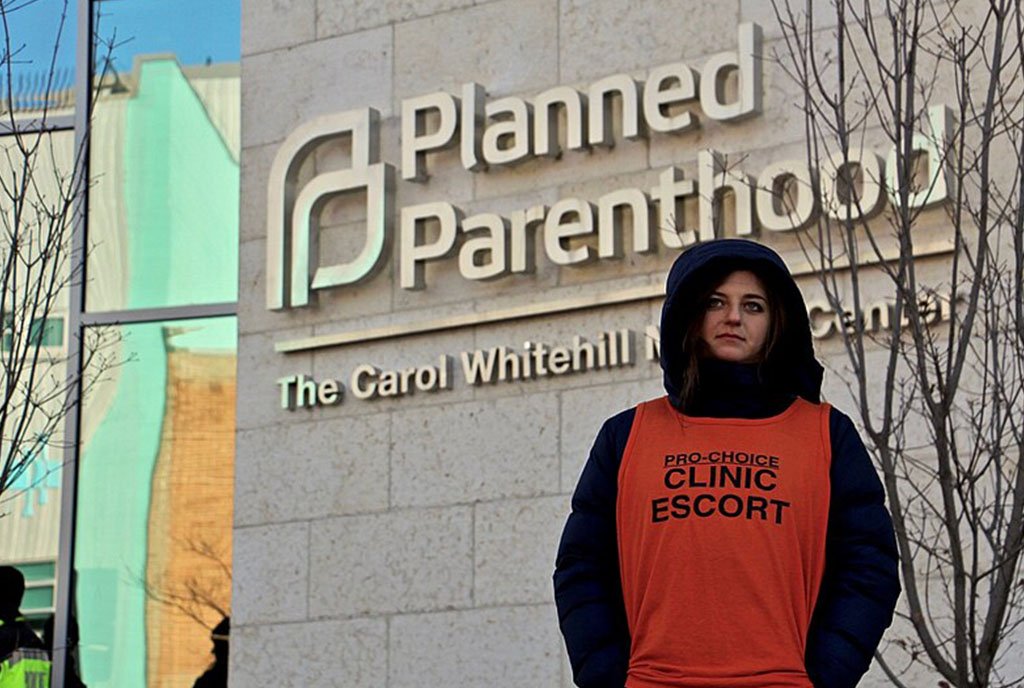
UNESCO has described the disruptive effects of the novel coronavirus pandemic on worldwide education as unparalleled. In the US, it has highlighted the digital chasm plaguing school districts across the country.
All 50 states have now shut schools, with Missouri joining the other 49 on April 6th. Many expect to be closed for the remainder of the academic year. In many cases, school districts now rely on online distance learning to educate pupils. The strategy was inevitable: between distancing recommendations and shelter-in-place orders to slow the spread of COVID-19, online education in the home makes sense. But for many students, getting online is a challenge.
Three components inform the issue:
- Lack of broadband internet. Connecting to the internet is often taken for granted, yet Pew Research Center found that 15 percent of all households with school-aged children lacked access in 2015 and that minority and low-income families were more affected. Both rural towns and urban settings experience the gap: over 80 percent of households don’t have broadband access in Arizona’s Red Mesa Unified District, and an estimated 25 percent don’t in the Houston Independent School District—that’s over 50,000 students. Libraries and community centers frequently serve as alternatives for free, easy internet access for students, but they are now closed to the public. Additional public spaces with open Wi-Fi, such as restaurants, are also no longer options.
- Access to devices. Another Pew Research Center study found that higher income households have multiple internet-enabled devices in the home, including smartphones, tablets, and desktops or laptops, as well as broadband. However, 26 percent of households making less than $30,000 a year rely primarily on smartphones and internet data plans with no broadband connection. On the far extreme is no device at all; New York City’s Department of Education chancellor Richard Carranza estimates 300,000 students in the city’s public schools don’t have access to those kinds of electronics.
- Environmental factors. The rapid deployment of distance learning resources means districts haven’t yet had the opportunity to adapt tools to meet the needs of a varied student population that includes those with disabilities and multilingual learners. Parents who are essential workers and haven’t had to apply for unemployment aren’t able to work from home, aren’t necessarily tech savvy enough to oversee online instruction, or may not speak English. Large families with multiple children must share resources while combatting the distractions of home. Then there’s housing instability and homelessness; as Vox reports, “In New York City…one in 10 public school students lives in a shelter or other temporary housing,” widening the divide further.
School districts are doing what they can to mitigate the effects of a virus that rapidly transformed curriculums and lesson plans into Zoom videoconferences. Cities including Charleston and South Bend are deploying school buses equipped with Wi-Fi hotspots to open spaces like parks or library parking lots for students to access. District partnerships with Apple in New York City, Verizon in Los Angeles, and T-Mobile in Atlanta strive to provide tablets, internet access, and Wi-Fi hotspot devices, respectively, to students in need.
Sign up for our free newsletters
Subscribe to NPQ's newsletters to have our top stories delivered directly to your inbox.
By signing up, you agree to our privacy policy and terms of use, and to receive messages from NPQ and our partners.
Internet service providers, too, are seeking ways to relieve the financial burden of online access while expanding availability by suspending data caps and raising broadband speeds. Those that have agreed to the Federal Communication Commission’s Keep America Connected Pledge will waive late fees, open Wi-Fi hotspots to non-customers, and refrain from terminating services for a 60-day period.
Nonprofit organizations are also playing a role. LISC Greater Kansas City provided a grant to Connecting For Good, which is actively distributing desktops, laptops, and Wi-Fi hotspots to schools and residential facilities. PCs for People is doing similar work nationwide.
The digital divide isn’t new and, as with other longtime social inequities like homelessness or generational poverty, does more to illuminate our lack of action in the past than reveal unexpected truths in our isolated present. There is legitimate fear among education experts, however, that strategies being taken during the pandemic will ultimately exacerbate existing disparities. Speaking with Bloomberg, Jessica Clemente of South Bronx nonprofit Nos Quedamos said, “The digital divide has been a reality for us long before the coronavirus.”
With a fourth coronavirus relief bill being contemplated on Capitol Hill, 35 senators issued a letter to congressional leadership urging the inclusion of $2 billion in E-Rate funds, an FCC program designed to offer discounted telecommunications and internet access to eligible schools, but the support is likely too little, too late—if it comes at all. Decades of underinvesting in education are coming home to roost in a world where remote access is central to maintaining a sense of normalcy and, as with many of the social challenges we choose to debate rather than address, the next generation will face the consequences unless transformative action is taken soon.—Drew Adams











